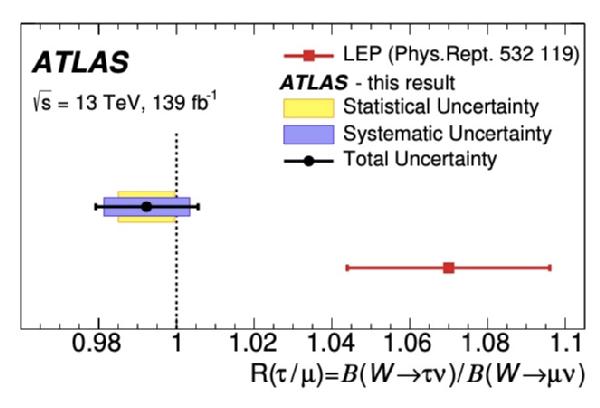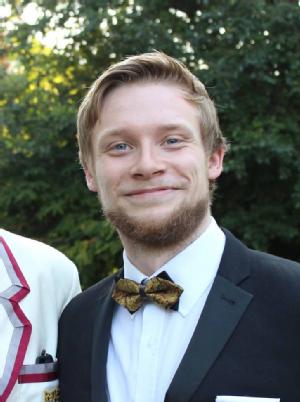Ross Hunter
I'm a 3rd-year PhD student working on precision tests of the electroweak sector of the Standard Model with the Large Hadron Collider Beauty (LHCb) Experiment based at CERN, Switzerland. My supervisor is Dr. Mika Vesterinen.
I also teach 1st-year undergraduate physics examples classes.
Physics Research
I work towards paving the way for a new theory of the universe. The “Standard Model” (SM), our current best theory, is an excellent recipe for the universe. It provides every ingredient in the form of fundamental particles and tells us how to mix them to produce weird and wonderful behaviour, such as how stars shine, and why you don’t pass through a chair when you sit down. For all its triumphs, the Standard Model leaves big questions unanswered - it cannot explain gravity for example – and it needs replacing!
One way of figuring out what can replace the SM is to try and find places where it breaks down: predictions it makes that nature disagrees with. My primary effort is testing its prediction of "lepton flavour universality". Up to small corrections relating to the different masses, the W boson is predicted to decay to all three generations of leptons (electron, muon and tau) with the same rate [1]. This important prediction was tested at LEP in the early 2000s, where a curious discrepancy at the 2.6σ level was found [2], yet a recent ATLAS result appears to rule out any non-SM behaviour [3]. Our goal is to make a complementary, high precision test of this property with LHCb, which will form the bulk of my thesis.
The world-leading measurements made of lepton universality ratio R(τ/μ) by the ATLAS collaboration and a combination of 4 LEP experiments, showing the latter's deviation from the Standard Model prediction (dashed vertical line). Taken from [3].
Within the same analysis framework, I also contribute to the measurement of the W boson mass, mW, with LHCb [4]. This is an important parameter to measure because, in the SM, all electroweak observables can be related to one another [5], such that combining experimental measurements and theoretical predictions allows us to test the consistency of the SM at high precision. mW is one of these key electroweak observables, but so far experiments such as ATLAS, CDF and D0 have been unable to measure it to a satisfactory precision [6], leaving ample space for new physics to be hiding.
References
[1] M. Thomson, Modern particle physics, Cambridge University Press, New York, 2013.
[2] ALEPH, DELPHI, L3, OPAL, LEP Electroweak, S.Schael et al., Electroweak Measurements in Electron-Positron Collisions at W-Boson-Pair Energies at LEP, Phys. Rept. 532 (2013) 119, arXiv:1302.3415.
[3] ATLAS collaboration, Test of the universality of τ and μ lepton couplings in W-boson decays from t\bar{t} events with the ATLAS detector, CERN-EP-2020-139, arXiv:2007.14040.
[4] G. Bozzi, L. Citelli, M. Vesterinen, and A. Vicini, Prospects for improving the LHC W boson mass measurement with forward muons, Eur. Phys. J. C75 (2015) 601, arXiv:1508.06954.
[5] M. Baak and R. Kogler, The global electroweak Standard Model fit after the Higgs discovery, arXiv:1306.0571.
[6] J. Haller et al., Update of the global electroweak fit and constraints on two-Higgs-doublet models, Eur. Phys. J. C78 (2018) 675, arXiv:1803.01853.


